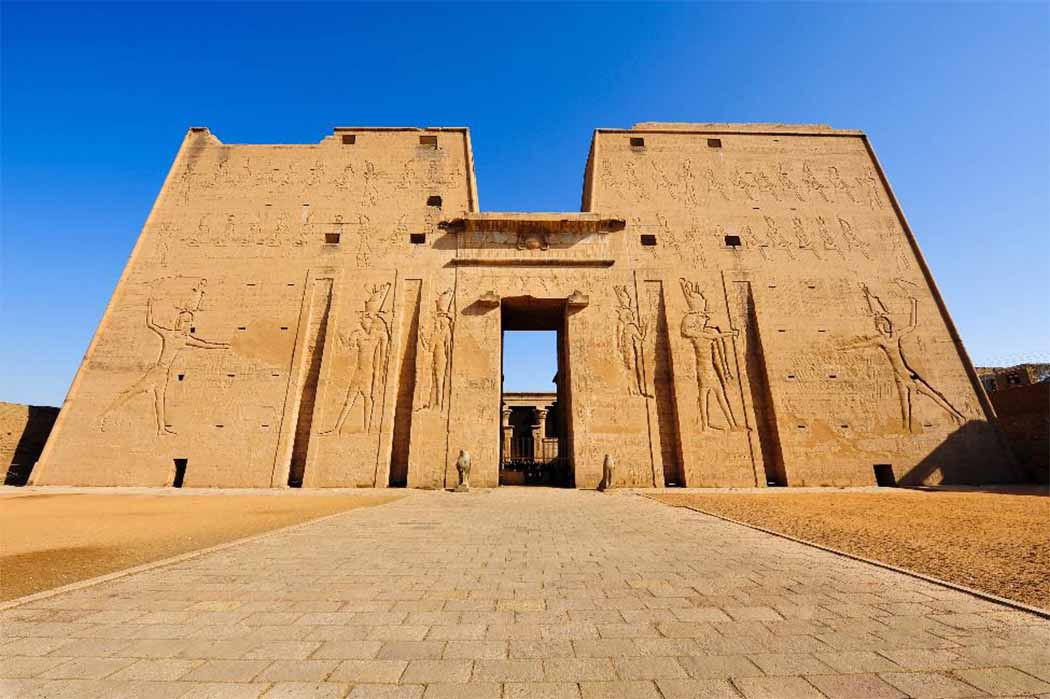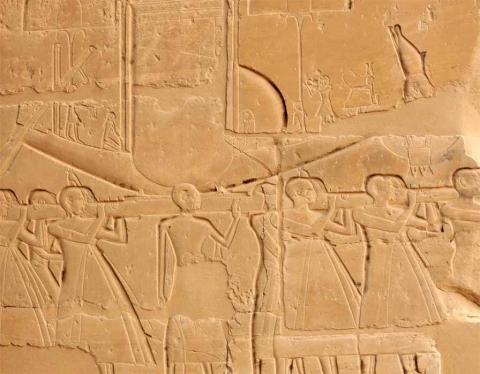
Egyptian Temples and the Order of Creation: Embodying Eternity in Time
The temples of ancient Egypt represent one of the most enduring monumental expressions of religion and cosmology in the history of the world, serving as the very heart of pharaonic culture for nearly three thousand years.
The Endurance of Egyptian Temple Culture
Over the course of the millennia, the temples and their associated ideology survived eras of great internal crises, such as the civil upheavals of the First Intermediate Period (2181–2055 BC) and the politicized religious reforms of the Amarna Period (1353-1322 BC). The temples also thrived during later eras of foreign occupation. During the Late Period (664-332 BC), Egypt twice fell under the rulership of the Achaemenid Empire, but the Persian rulers—who revered Egyptian traditions—allowed temple practices to continue. In 332 BC, the Persian dominance of Egypt ended with the conquest of Alexander the Great, and under the succeeding Ptolemaic Dynasty the construction and use of traditional temples continued, albeit embellished with Greek cultural elements and styles in the spirit of the Greco-Egyptian syncretism of the age. The Ptolemies—who adopted the title and the symbolism of pharaoh—supported the Egyptian priesthood, and the temples continued to serve as the central axes of religion and culture.

Temple of Horus, Edfu, Egypt. (Eishier / Adobe Stock) Many scholars consider this the best example of Ptolemaic temple building in Egypt due to its level of completeness and preservation.
Egyptian temple culture would also persevere during the Roman occupation, which began when Octavian defeated Cleopatra VII—the last Ptolemaic ruler—in 30 BC. In the earlier part of the Roman Imperial Period temple construction continued and Egyptian priests were renowned for their wisdom throughout the Empire, as mystics and philosophers traveled to cities such as Alexandria and Thebes to learn from the masters. However, during the Crisis of the Third Century the temples fell into a state of disrepair and the priesthood was disenfranchised. With the ensuing ascension of Christianity as the Imperial religion, Egyptian temple culture entered its final decline under the weight of Imperial edicts and the destruction caused by rampaging priests and bishops.
The Neteru, the Pharaoh, and Ma’at
The millennia-spanning endurance of Egyptian temple culture seems especially appropriate in light of the fact that the very purpose of the temples was to embody eternal principles in the temporal world.
Although personified and given anthropomorphic and theriomorphic representations in myth and iconography, the Egyptian “gods”—the Neteru—represented metaphysical principles or ideals manifesting from the beginning of creation as the perceptible and imperceptible elements making up the entire universe. These metaphysical entities were born out of the supreme creator dwelling in the atemporal, primordial realm of the Nun at the First Time.
The Neteru may thus be considered aspects of the creator revealed as the powers that give structure to all reality. The metaphysical ideal that the creator exercised when creating the universe was the kingship, which preexisted with the deity in the primordial Nun. It was this kingship principle, personified as Horus, that was bestowed upon the pharaoh by the creator during rites such as the Opet Festival at Thebes. The metaphysical Horus kingship gave the pharaoh the wisdom and authority necessary to order the world in accordance with the original, perfect design of the creator.

Relief depicting people carrying the sacred barque. (camerawithlegs / Adobe Stock)




